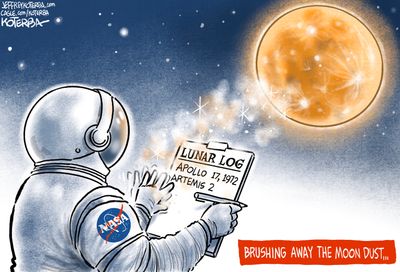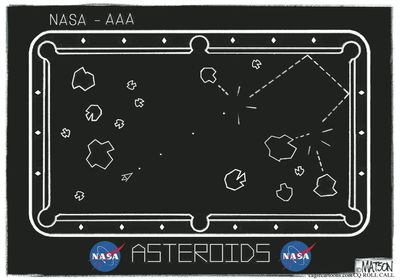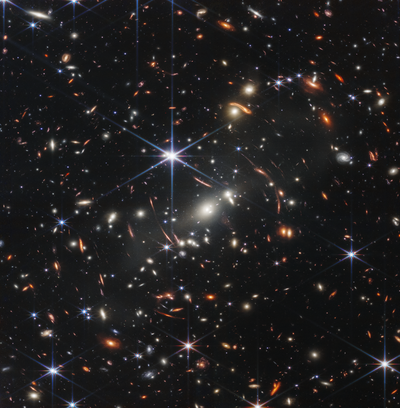Research teams will use the telescope’s powerful instruments to capture and characterize some of the earliest galaxies in the universe.
The universe was a very different place for several hundred million years after the big bang. It wasn’t yet transparent like it is today – neutral gas made it semi-opaque. This is a period when the first galaxies in the universe were beginning to form. Telescopes have spotted many distant galaxies – but none earlier than 400 million years after the big bang. What were galaxies that existed even earlier like?
Two research teams using the James Webb Space Telescope will wield its state-of-the-art instruments to reveal an untold number of details about this early period in the universe for the first time – and revise what we know about some of the earliest chapters of galaxy evolution.
Webb: Revealing the First Galaxies
NASA’s next flagship observatory, the James Webb Space Telescope, is poised to add new riches to our wealth of knowledge not only by capturing images from galaxies that existed as early as the first few hundred million years after the big bang, but also by giving us detailed data known as spectra. With Webb’s observations, researchers will be able to tell us about the makeup and composition of individual galaxies in the early universe for the first time.
Researchers will also focus on identifying the metal content in each galaxy, especially in smaller and dimmer galaxies that haven’t yet been thoroughly examined – specifically with the spectra Webb’s NIRISS instrument delivers.
Danielle Berg, assistant professor University of Texas at Austin
“One of the fundamental ways that we trace evolution across cosmic time is by the amount of metals that are in a galaxy,”
When the universe began, there was only hydrogen and helium. New elements were formed by successive generations of stars. By cataloging the contents of each galaxy, the researchers will be able to plot out precisely when various elements existed and update models that project how galaxies evolved in the early universe.
Anna Feltre, National Institute for Astrophysics Italy
“Webb will open a new space for discovery,”
“Its data will help us learn precisely what happens as a galaxy forms, including which metals they contain, how quickly they grow, and if they already have black holes.”




